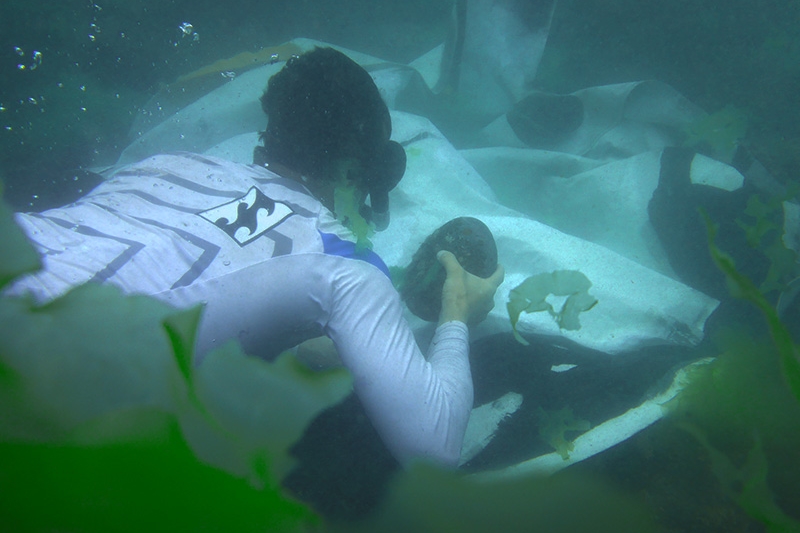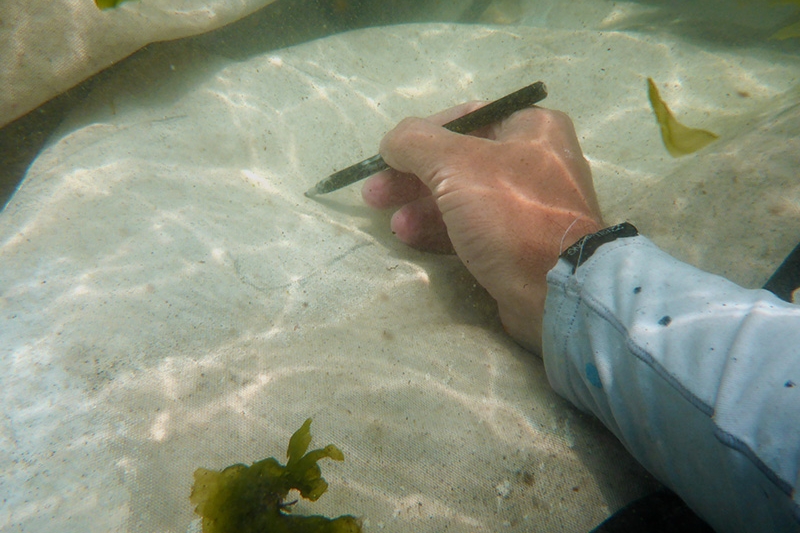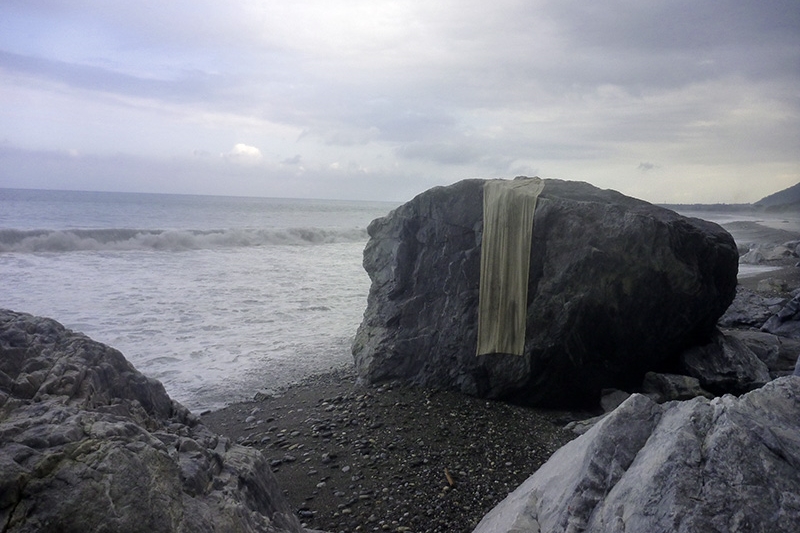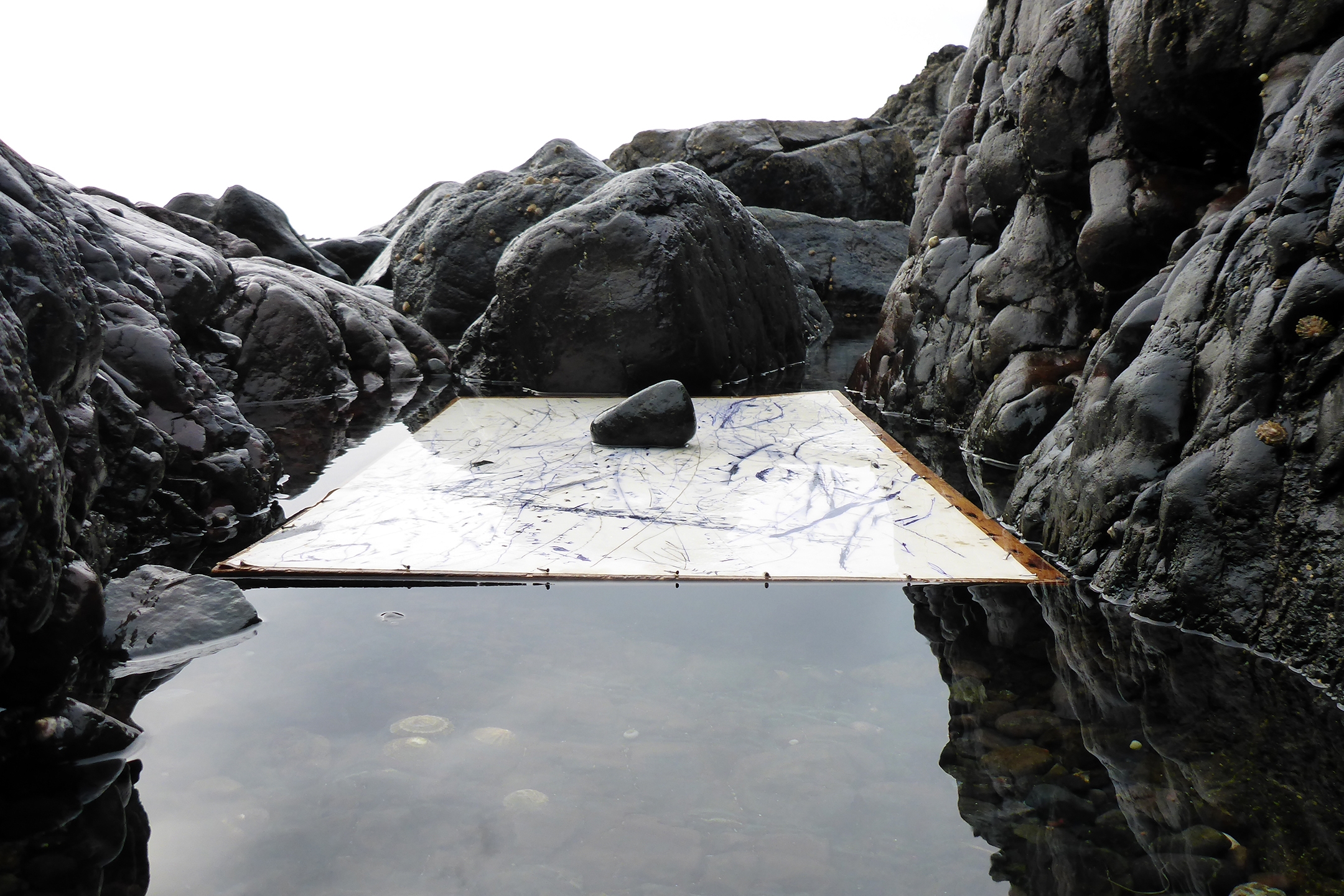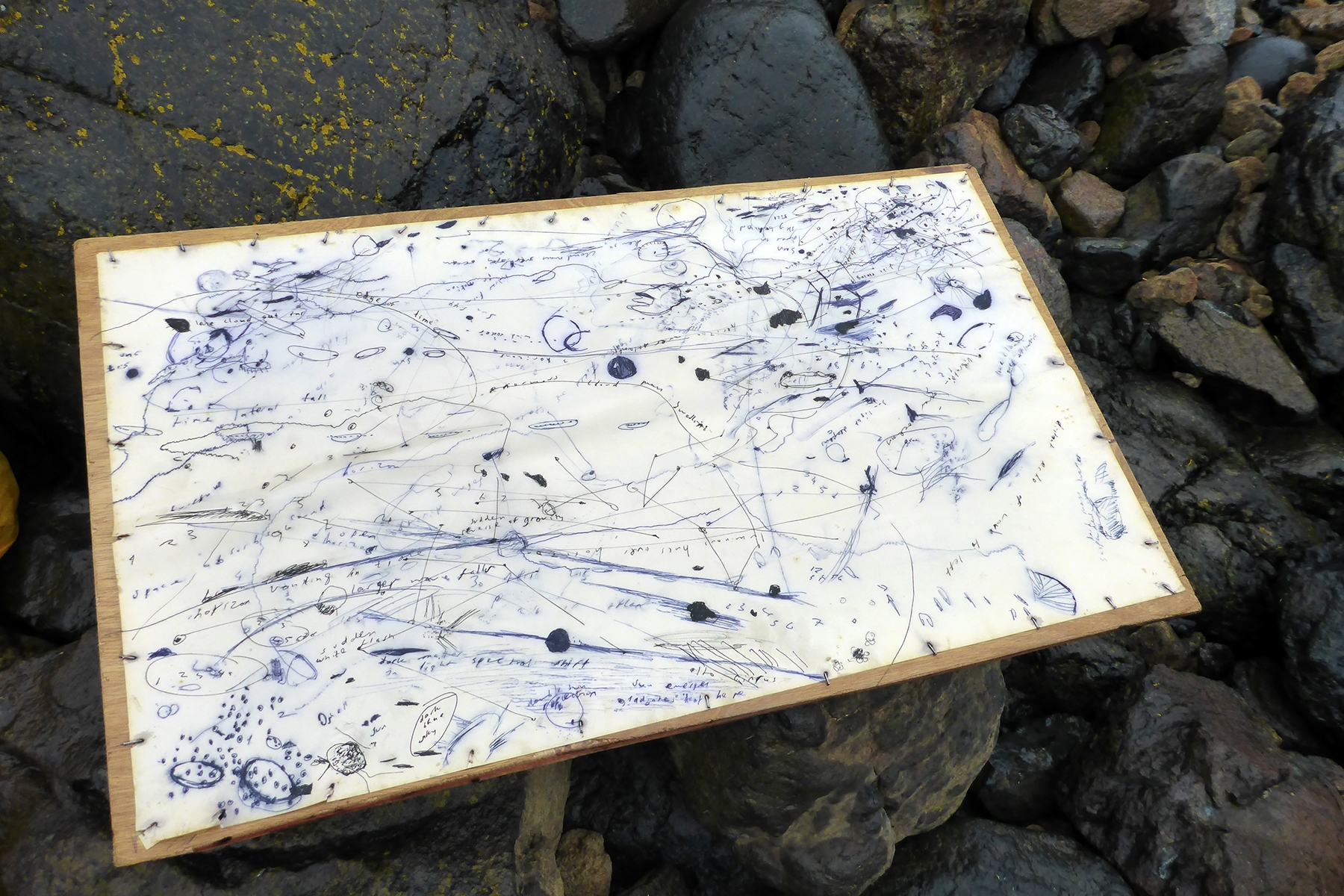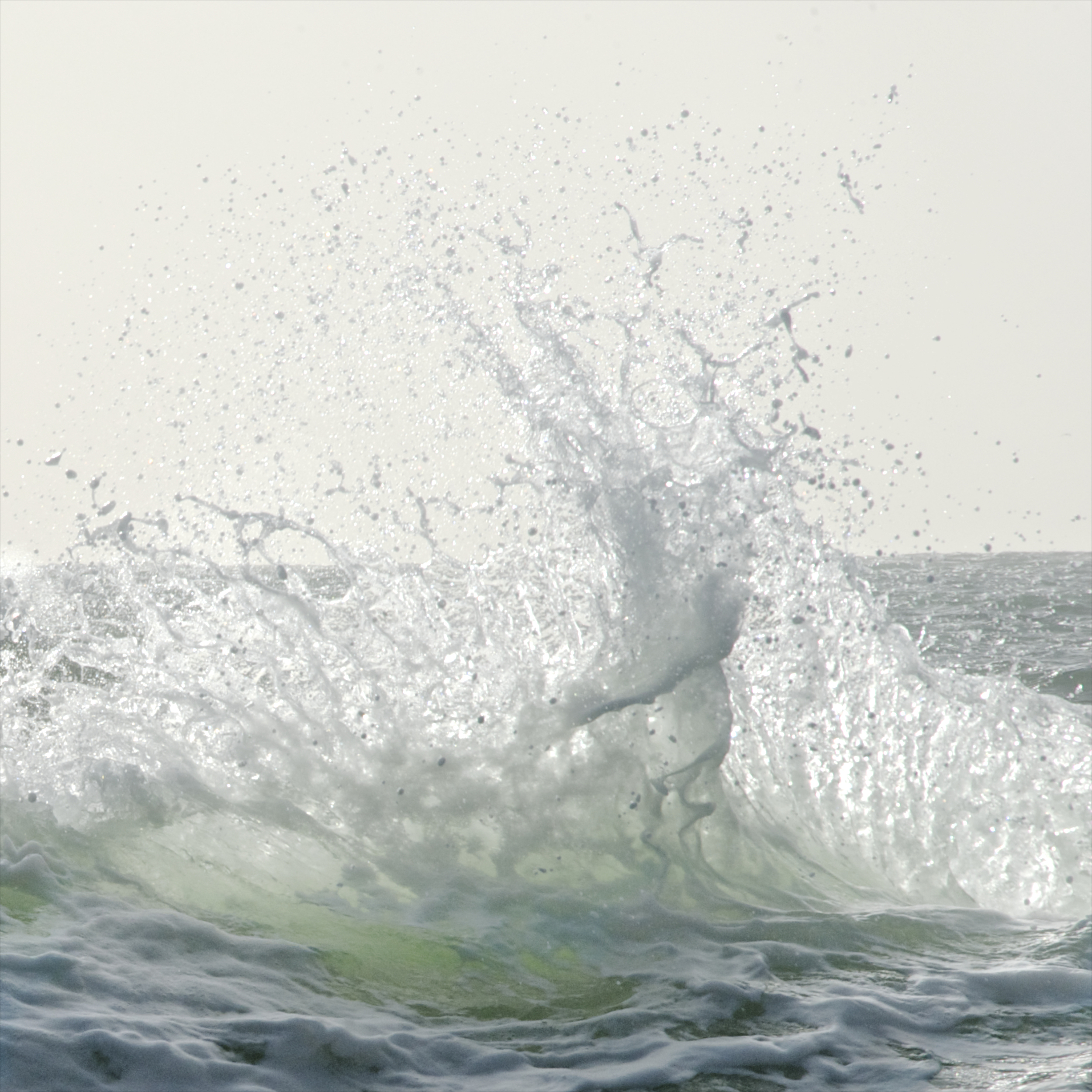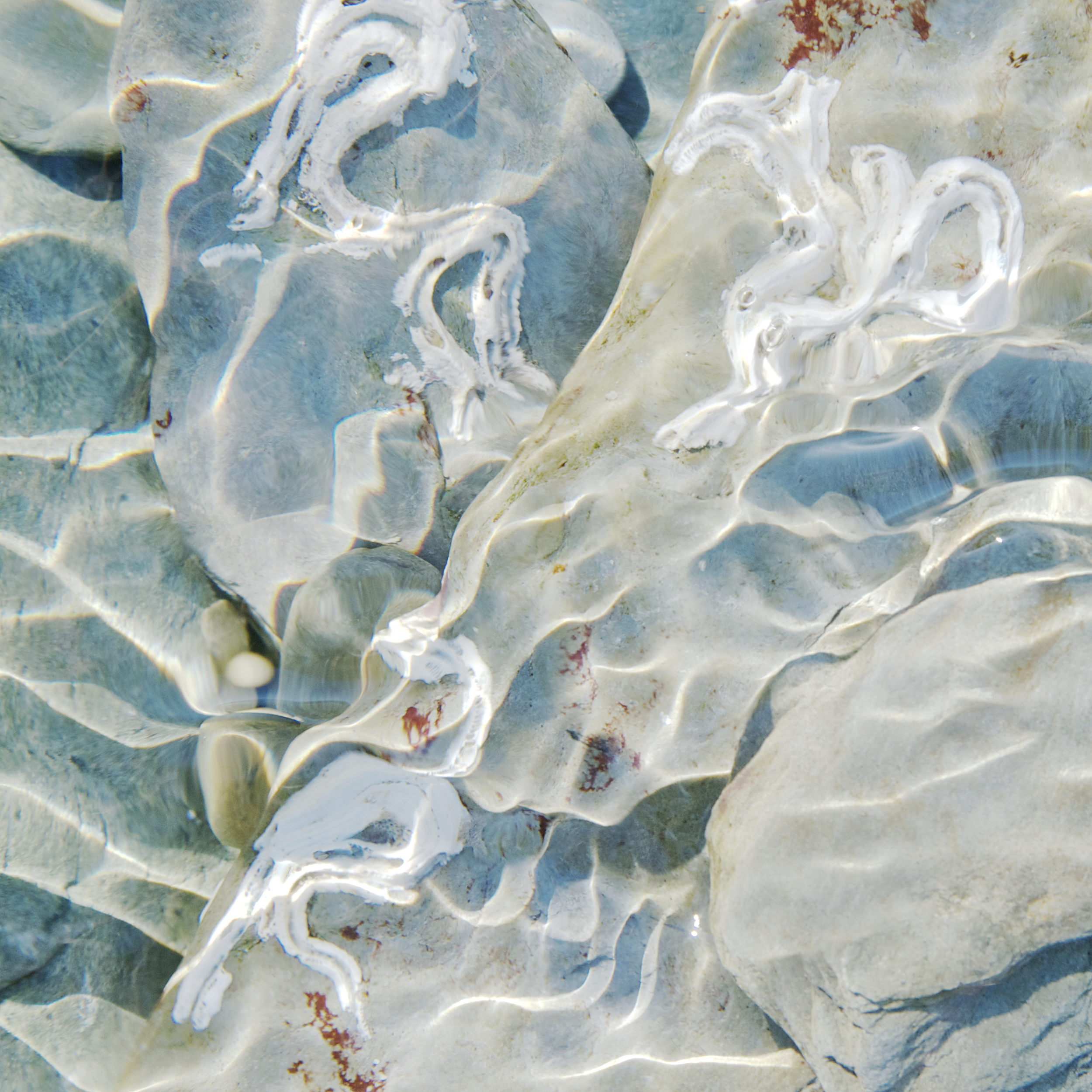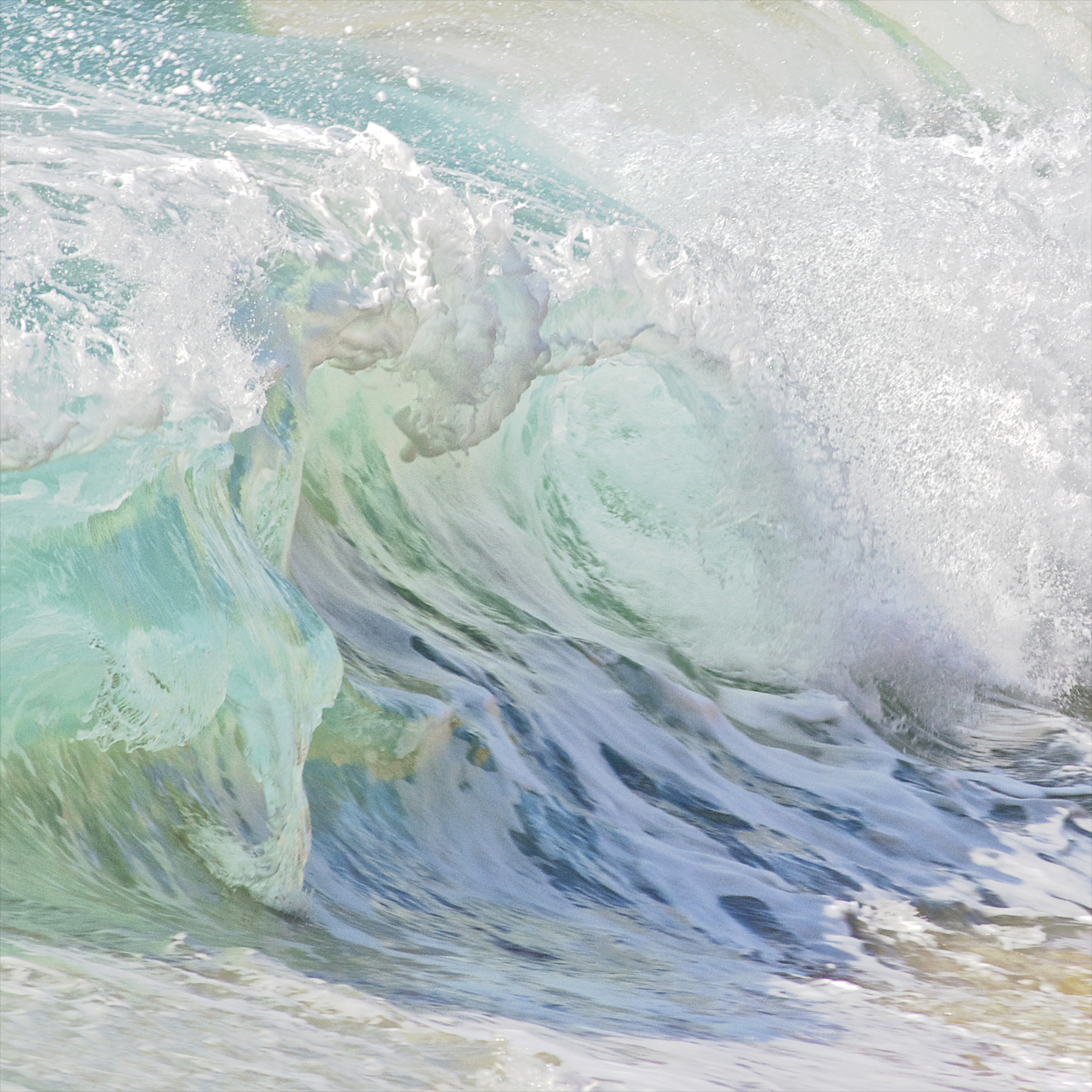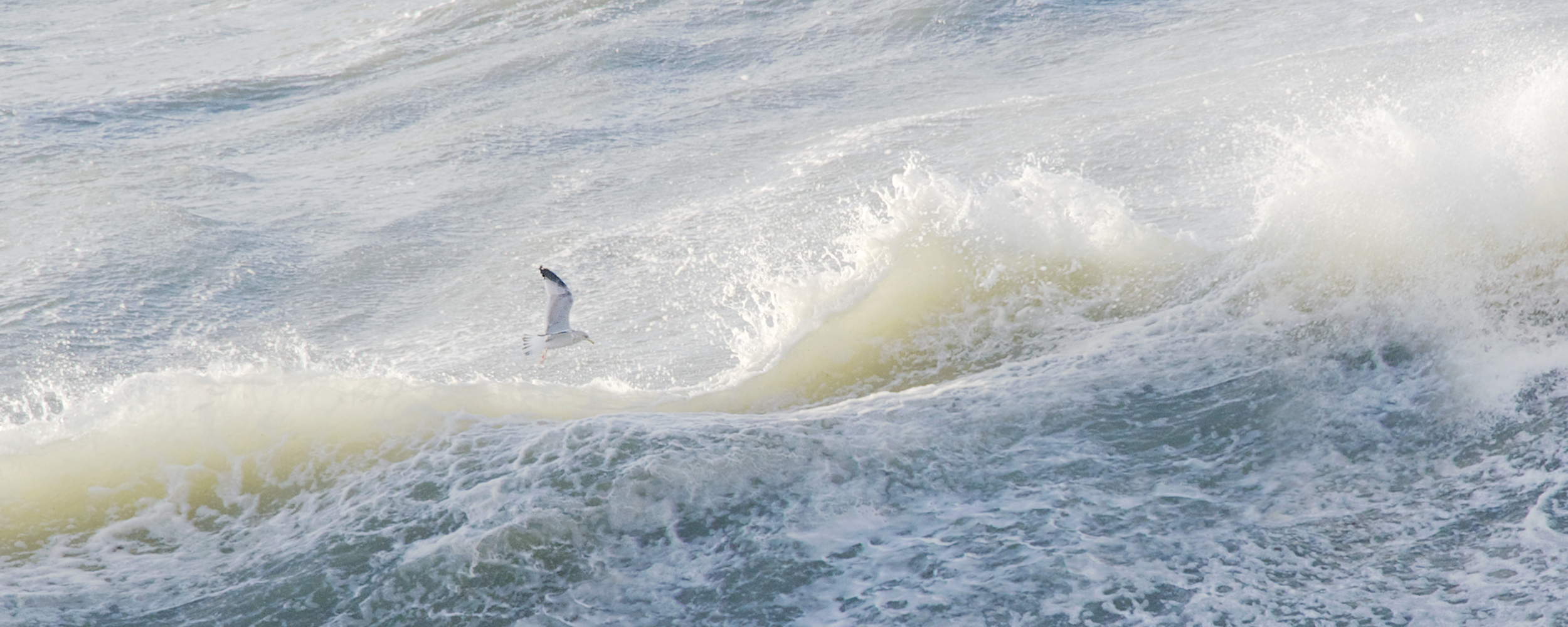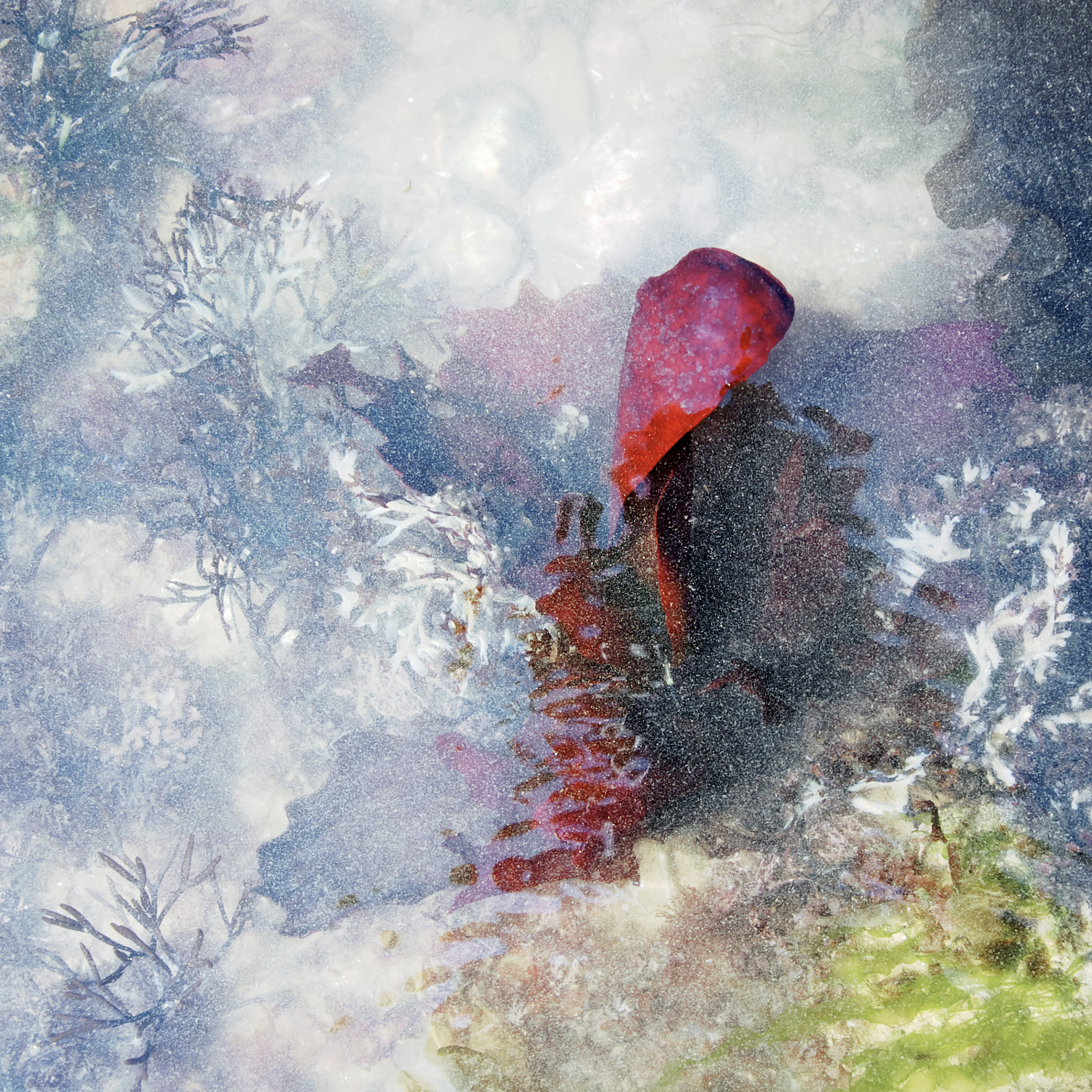Armed with swathes of canvas and special ink, artist Peter Matthews immerses himself in the open sea to create his works, recording and revealing the power and mystery of the ocean depths
Your work seems to span many mediums, from drawing and sculpture to photography and video – what leads you to choose a particular medium for a particular project?
My choice of medium changes regularly, sometimes because of where I'm working, the season and often through economic reasons. Recently I’ve been painting large-scale canvases in the Pacific and Atlantic and using found objects washed up on the beaches. I once found a cuttlefish bone at low tide, dried it in the sun then added the ground matter to white oil paint, which made the medium go further and added to its depth and brightness.
For the drawings in the ocean, my mediums are simply pen on paper, using a range of pens from gel pens to a space pen, which allows me to draw when the paper is immersed in the ocean or when it's raining. I often place found objects, like pieces of plastic sheeting brought in from the open ocean, in various compositions on the canvas. I really like the sense of narrative that each found object possesses – I work these materials into my work by simply sewing them onto the canvas.
I have been using Chinese ink for the last year. Something really captivating and profound happens when I simply mix the ink bar with the echoes and mysteries of the ocean water. It’s as if the water reveals something in the ink that was invisible, and in return the ink gives a presence to what was essentially invisible in the water – that sense of mystery and time, the unknown and the sensed. That slippage point and place of exchange where the ocean and landscape make their own visual presence is something I seek and invite into my working process.
Would you say there is a continuing theme that threads through all your works?
I have been drawing in the ocean since about 2007, following a near-death experience while surfing in the Pacific in Mexico. In a nutshell, there is this pursuit and perhaps self-maddening relationship I’ve developed with the ocean and thematically it's all about that sense of being mindful, more observant, to be a sensitive instrument in that liminal intertidal or open ocean space where I am trying to visually record and reveal the mystery and power of the ocean.
I am motivated by an encircling satellite system of subjects, such as meteorology, marine biology, oceanography, astronomy, earth sciences, etc. My work is about being out there, immersed in the sea for hours at a time, making visible that human physical and spiritual experience of being out there in the wild. It’s also about that relationship of distance and absence, that sense of longing for the ocean, for those wild vistas and big open skies no matter what the weather may be. There's a beautiful stanza in the poem Sea Fever by John Masefield that evokes this feeling for me:
"I must go down to the seas again, for the call of the running tide
Is a wild call and a clear call that may not be denied;
And all I ask is a windy day with the white clouds flying,
And the flung spray and the blown spume, and the sea-gulls crying.”
In this modern world of ours, we're surrounded by so many screens and have a more abbreviated and fragmented sense of our human interrelationships. It normally takes me four to five hours of drawing in the ocean to become re-attuned to the biorhythms of myself as a living organism in a cosmos of other living things, to be still enough to 'see' once more, to see the world go by in its ever-changing, dynamic way.
The drawings and paintings take their own journeys into the wild and come back with a mapping of that visceral and personal experience. That's really what keeps calling me back to the sea, like when we place an old sea shell against our ear and we hear the echo of the ocean – the ocean’s out there but also within.
As well as bobbing around in the sea with a pen and paper, what other bizarre situations have you found yourself in in the name of art?
Several years ago I filled a fire extinguisher with water from the Pacific Ocean and then, when the tank was pressurised again, I ejected the water out into the Atlantic Ocean in Cornwall. There was this vastly epic experience for me when the offshore wind blew the Pacific back into my face while I was physically present in the Atlantic.
Last year, when working on an ancient sea floor in the Anza Borrego desert in California I used a Fresnel magnifying lens to draw and focus the sunlight from far away to burn small holes through a large canvas, which was painted with the blackest paint on earth. This was while I was an artist in residence at the Scripps Institution of Oceanography in San Diego.
What's been your most ambitious project to date?
Painting and drawing on the ocean floor while free diving in the Pacific Ocean off Taiwan. There is this interchange point in time and place that you pass through when you leave the rocky shoreline and swim out into the fluid margins where the ocean is stirring within the intertidal zone. It's a point of departure and arrival that body and mind take.
The more I free dive and the more I learn about this underwater world, the more my mind and body adapt. I enjoy that evolving and growing relationship between my work and the ocean – the depths we once came from. It has been ambitious physically and mentally, but also practically, too – trying to find creative ways to make a drawing in a place that's never been done before. There is this sense and scale of exploration and discovery that forever motivates me to keep on diving, peering under the surface, taking the paper and canvas farther out there and this sense of intrigue about what I may find and bring back to dry land.
What would you create if money and materials were no object?
I would love to create a place where people from all ages and backgrounds can learn about the sea and simply be near it to benefit from that recuperation, relaxation, personal adventure one can experience from the open water. It can also be a place where people can work together in a sustainable and sensitive way to help our oceans.
I've dreamt of crossing the ocean on a sailing ship and simply drawing the vast open water and all I can see while silently drifting along.
But the simplicity of having just a few pens and a piece of blank paper to hand is the most down to earth and satisfying way of just being with the ocean, because when I am out there drawing and painting, those other material things don't enter my mind. I’m often reminded of our temporal existence on Earth, that when we pass on to the next world we simply take our spirit and leave those earthly possessions in our wake.
What do you find is the biggest barrier to creativity in this day and age?
It's a good question and it makes you ponder a lot doesn't it? I would say social media in some ways, although it places us into so many fields of opportunity where we can see such a wide spectrum of visual stuff, it also distances from experiencing the reality of things.
Humans have this wonderful innate quality to wonder and experience and interact with new things, and this we see when we wait in line for hours to catch a short glimpse of the Mona Lisa at the Louvre, when we could simply see the painting on the Internet on our phones. We have that curiosity and intrigue for experiencing life and our relationship to the world through art.
We are also becoming increasingly more busy, and creativity needs time - time to think, time to feel, time to see and watch, time to question and play and explore.
What's on your bedside table?
An old western novel by Louis L'Amour, called Borden Chantry.


